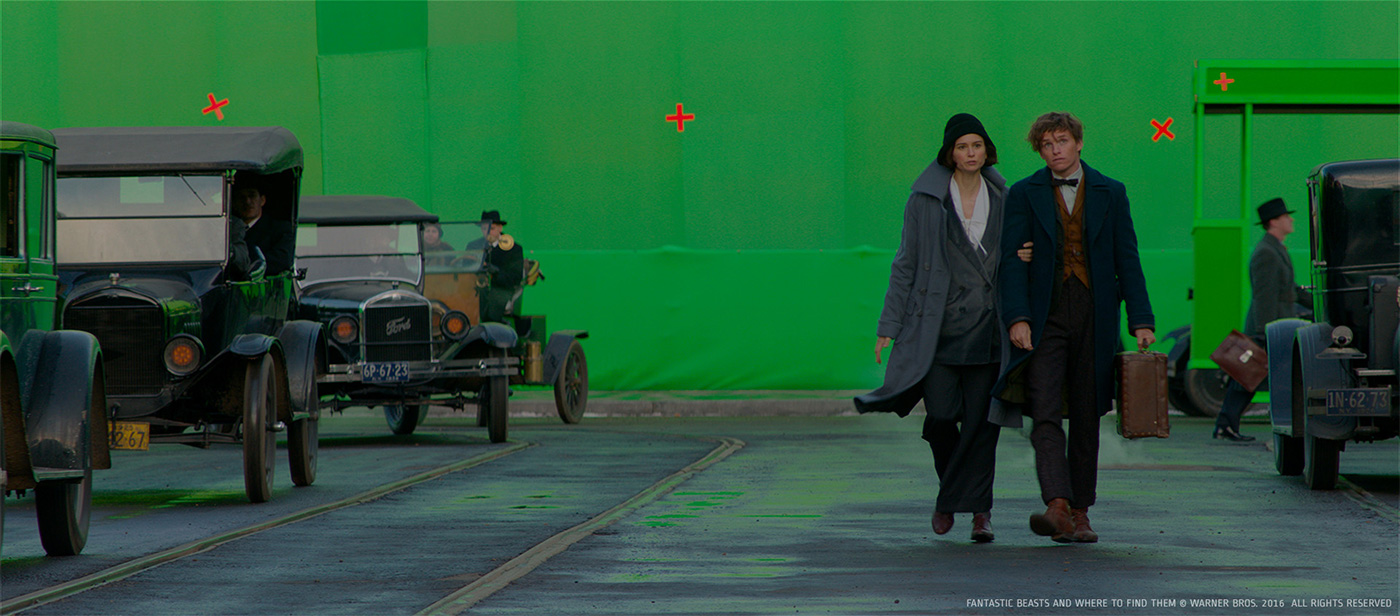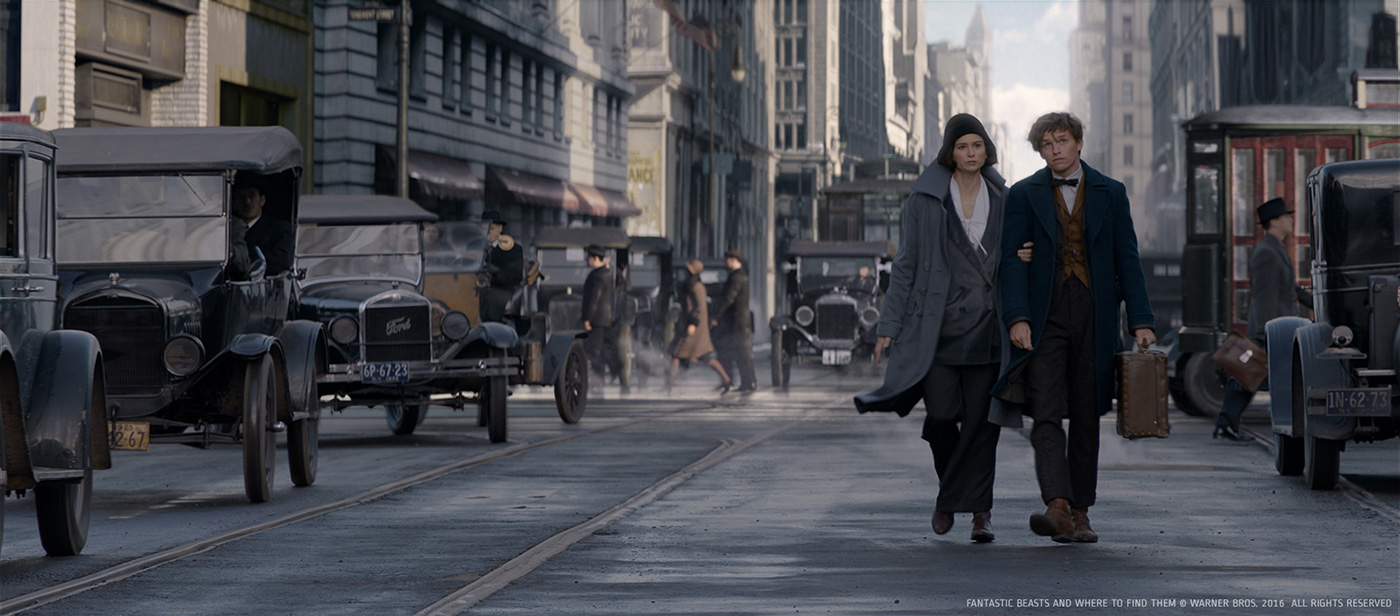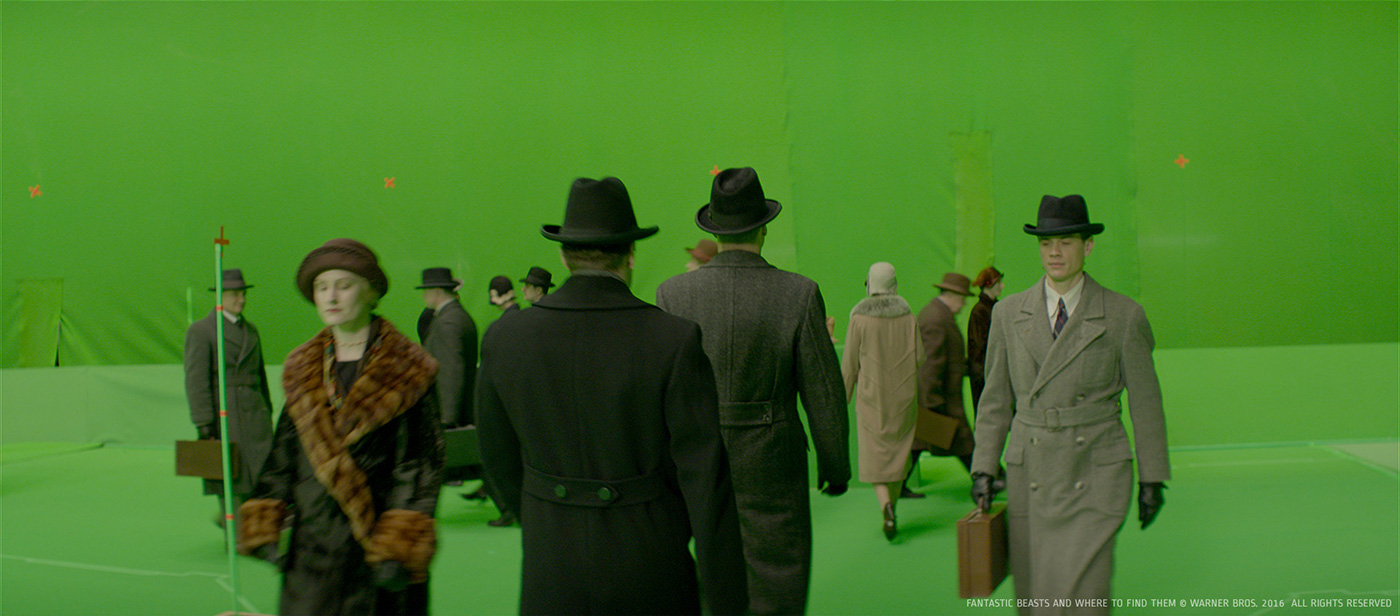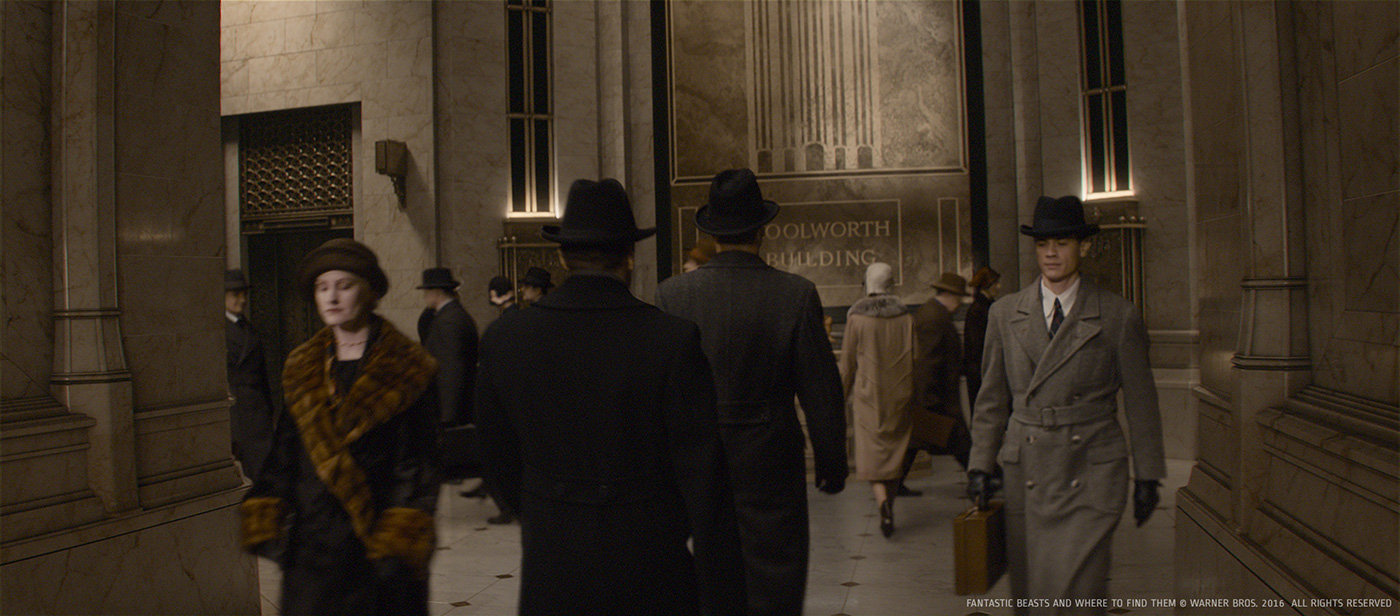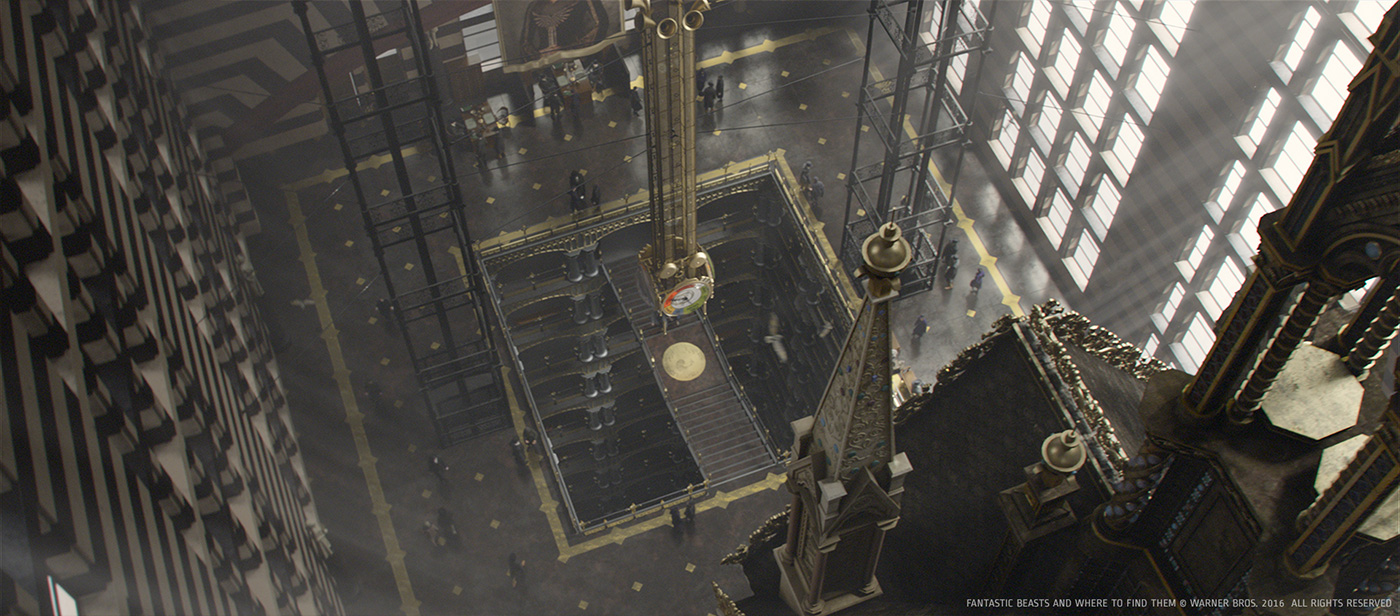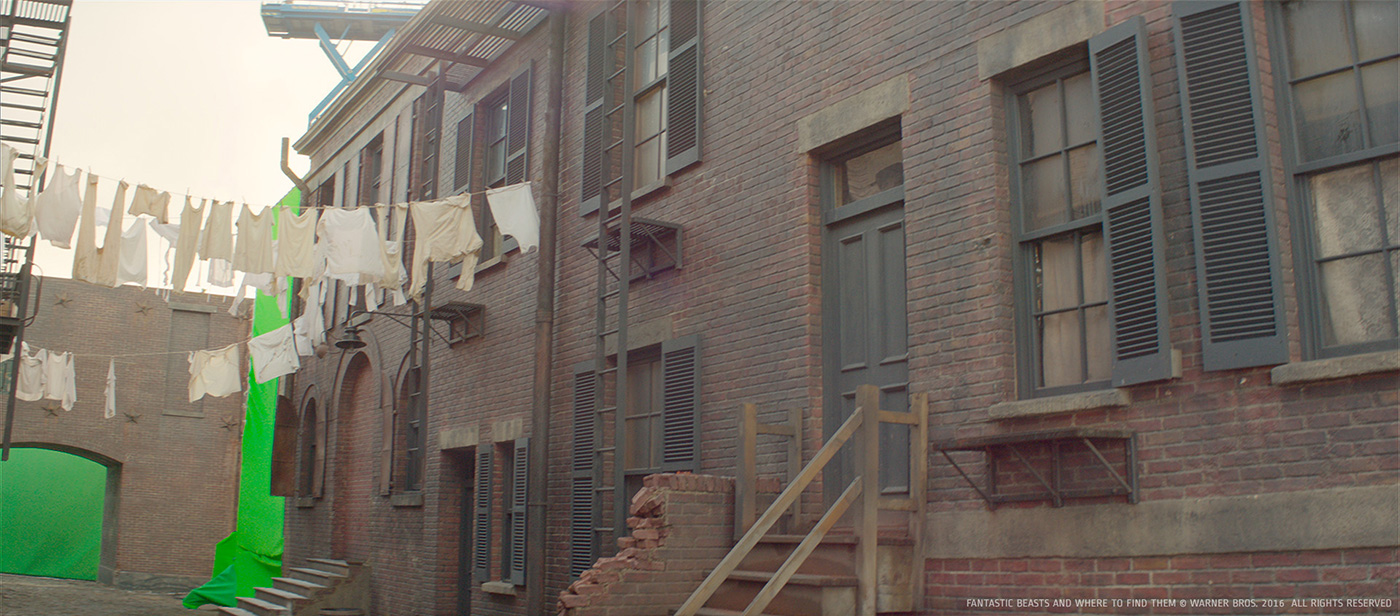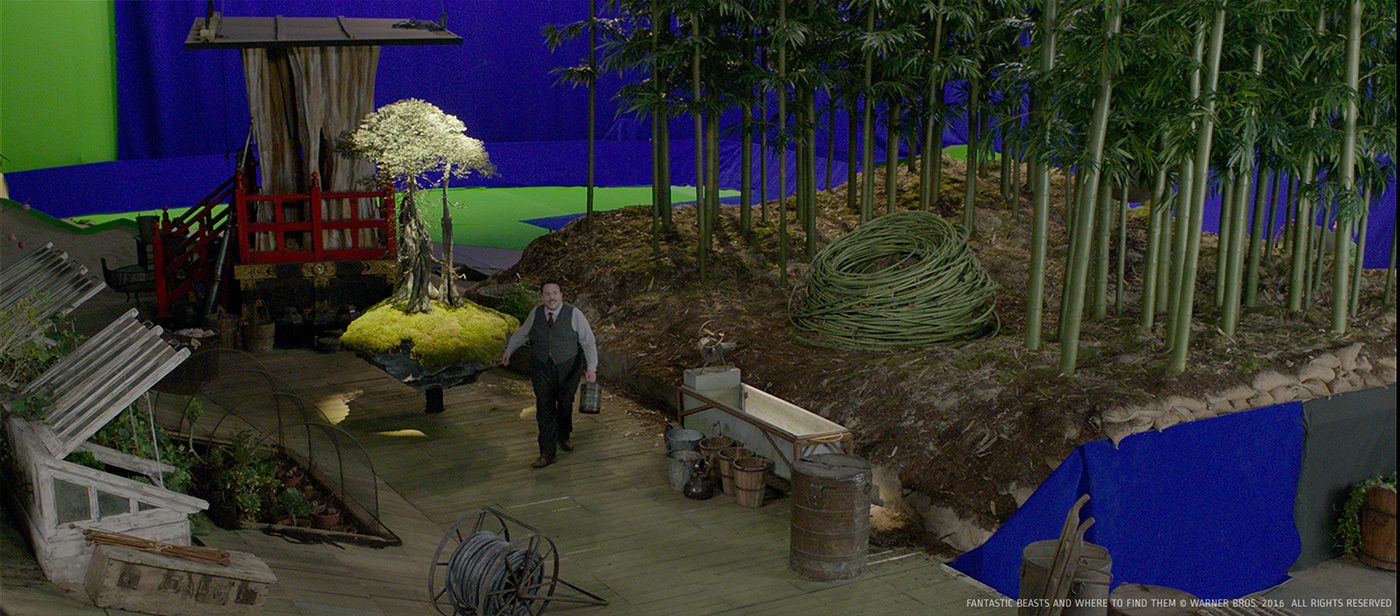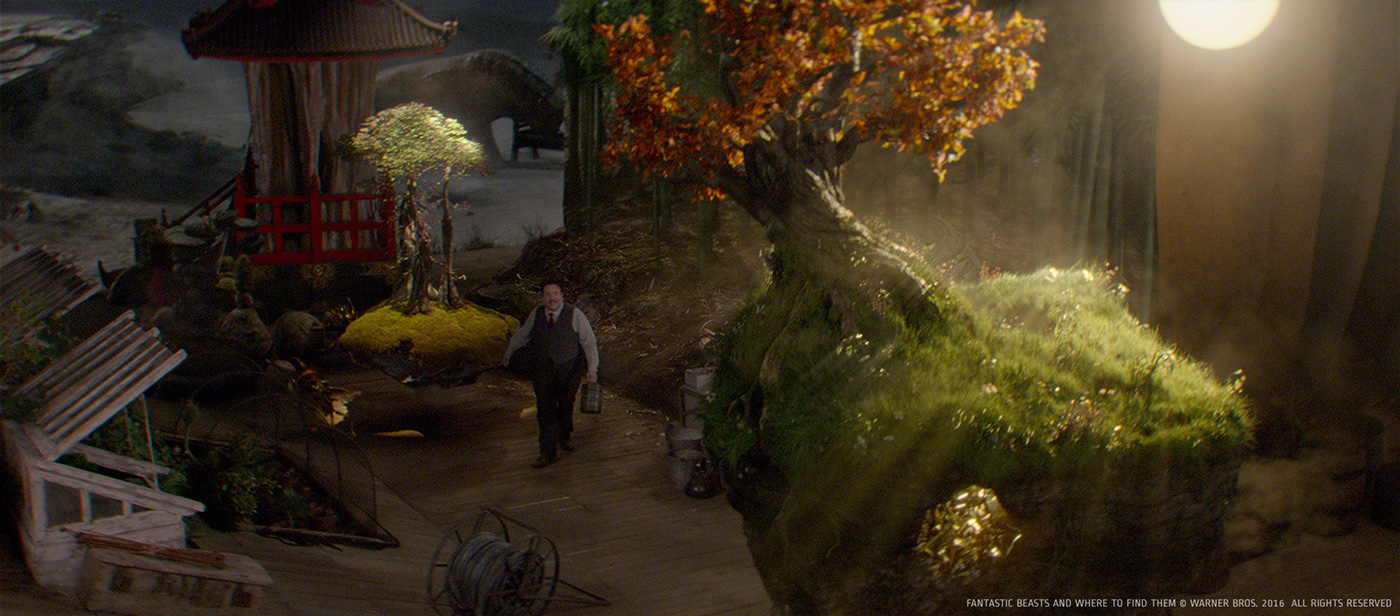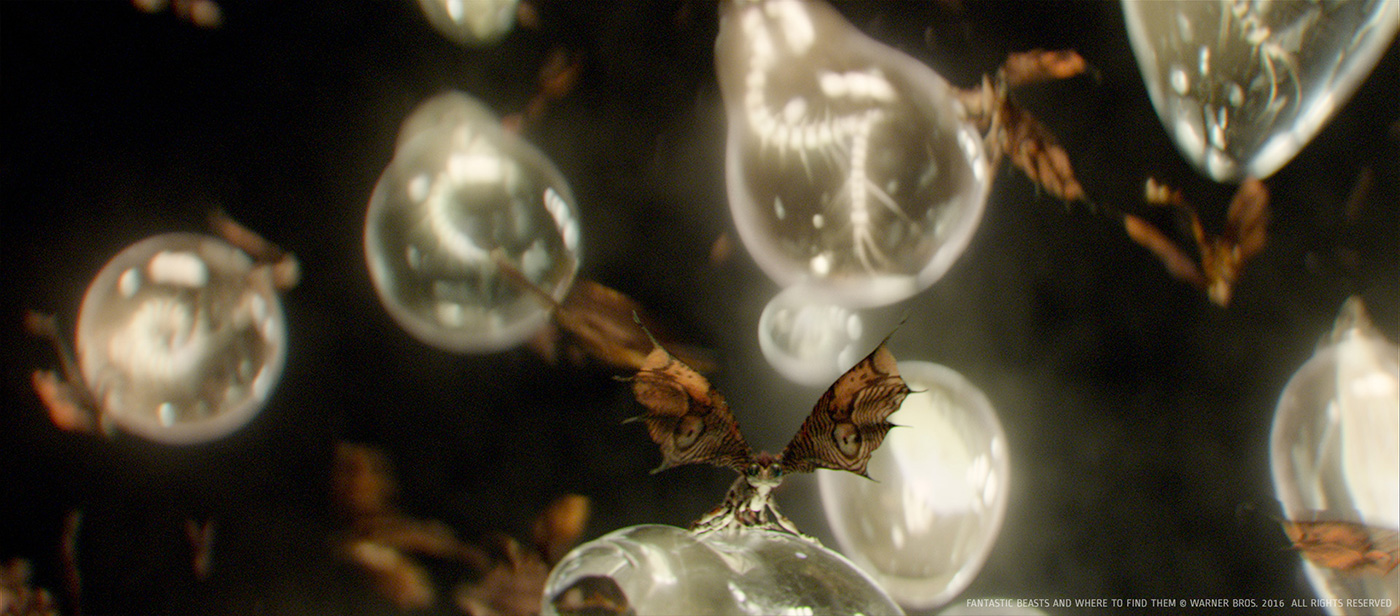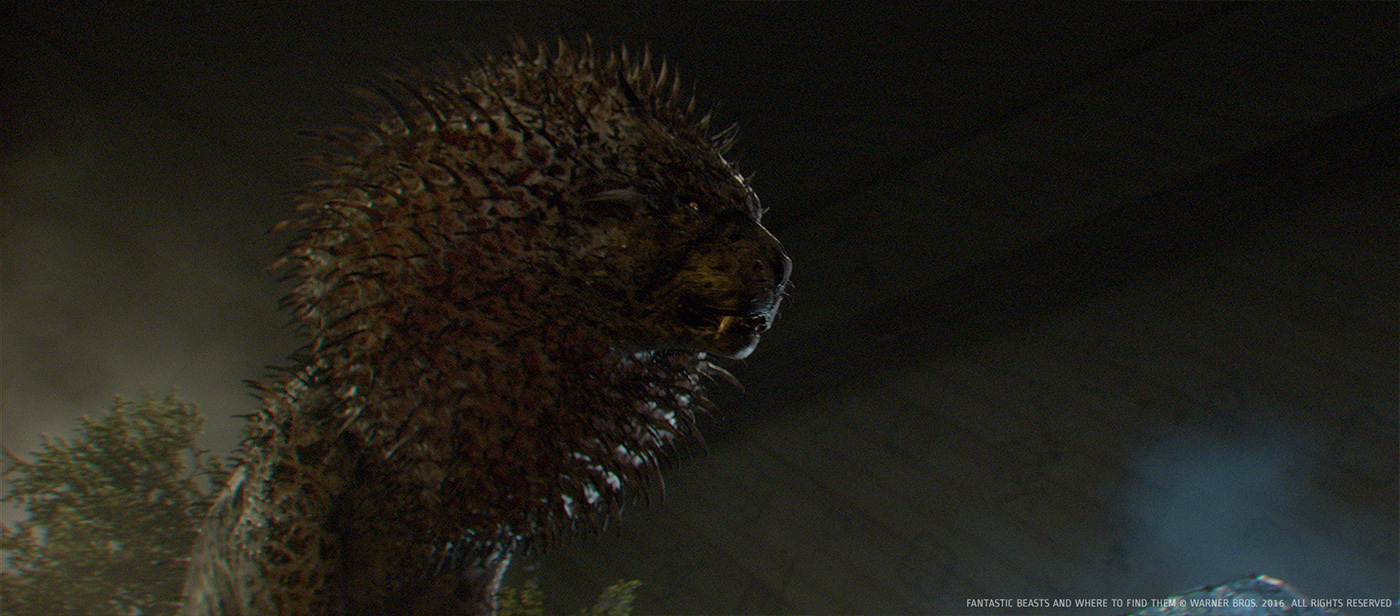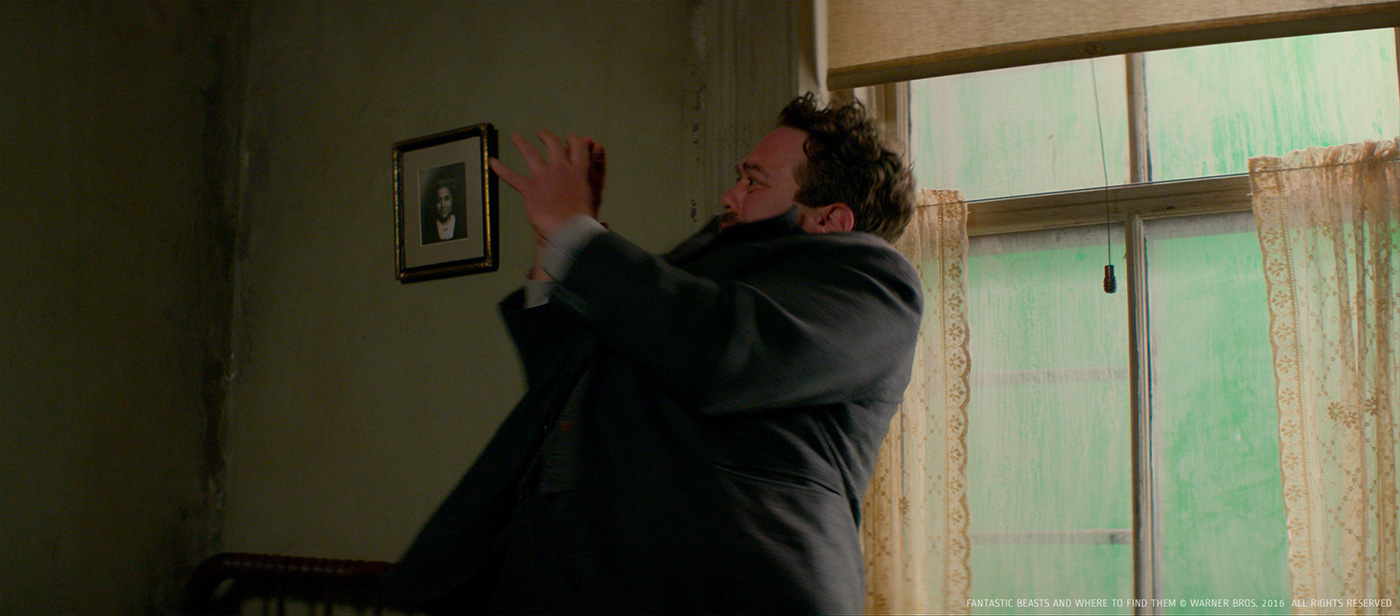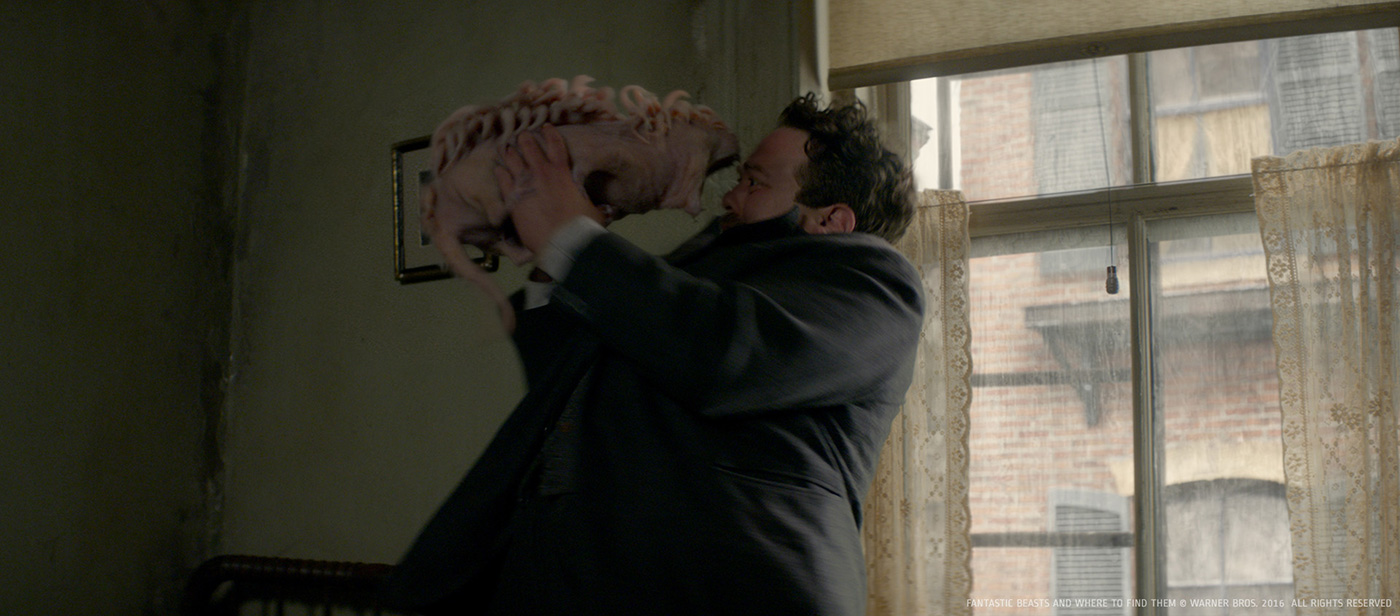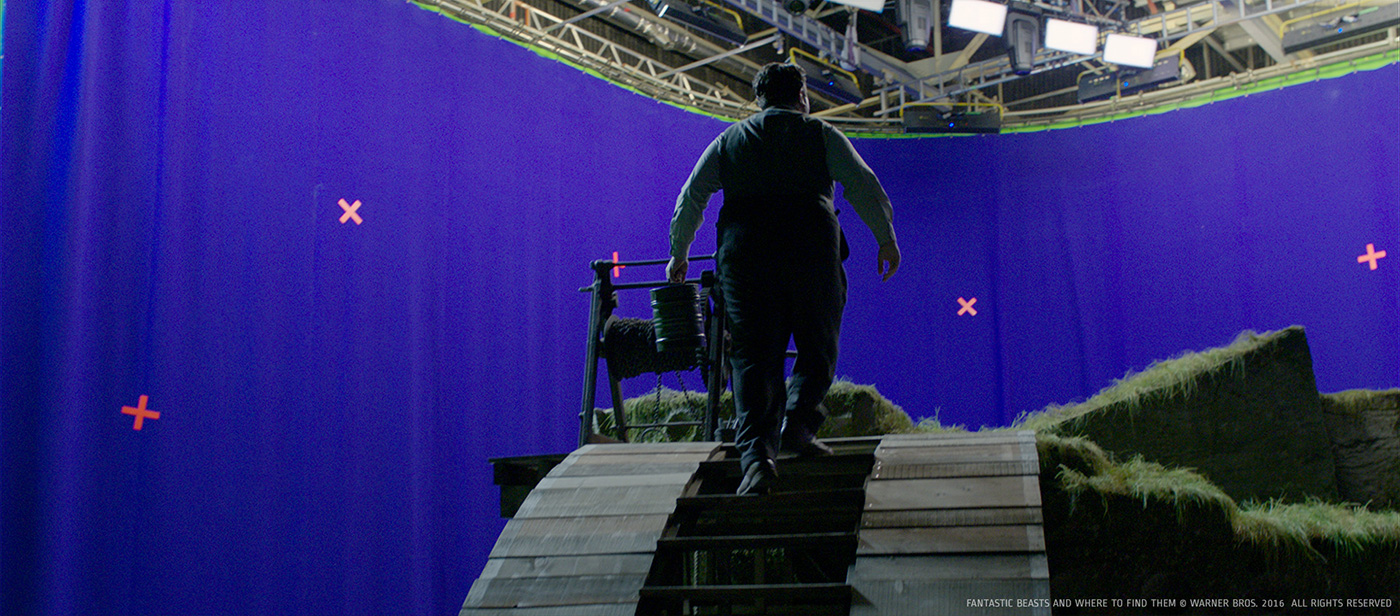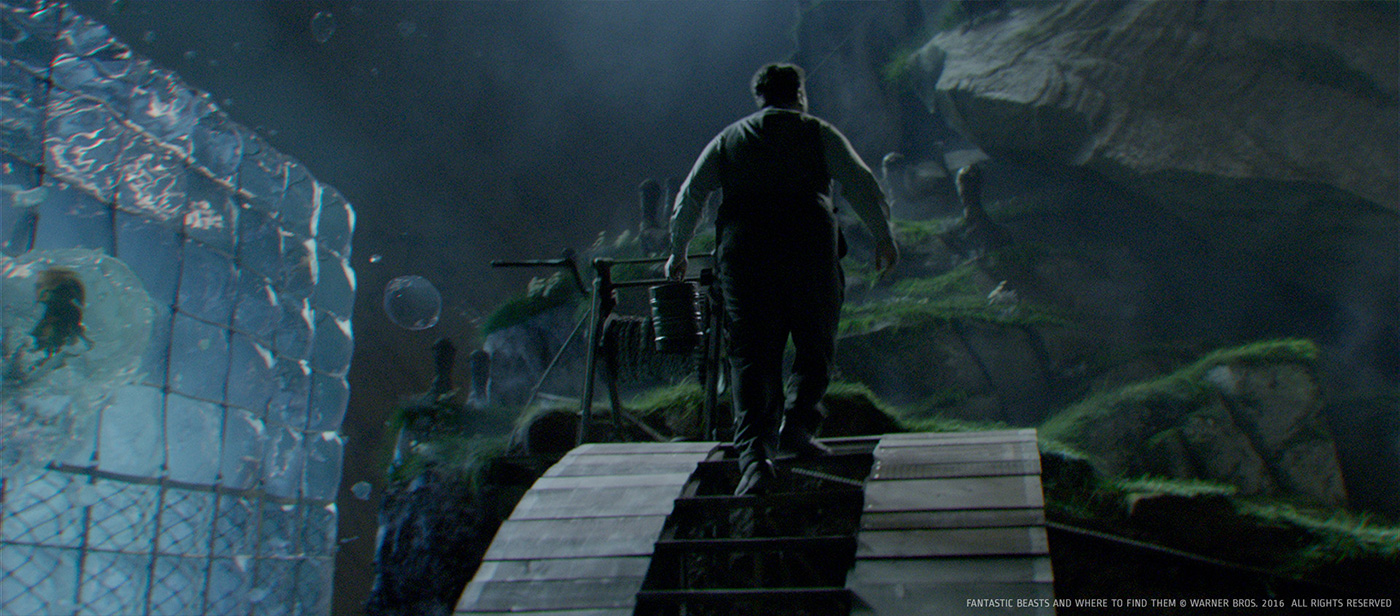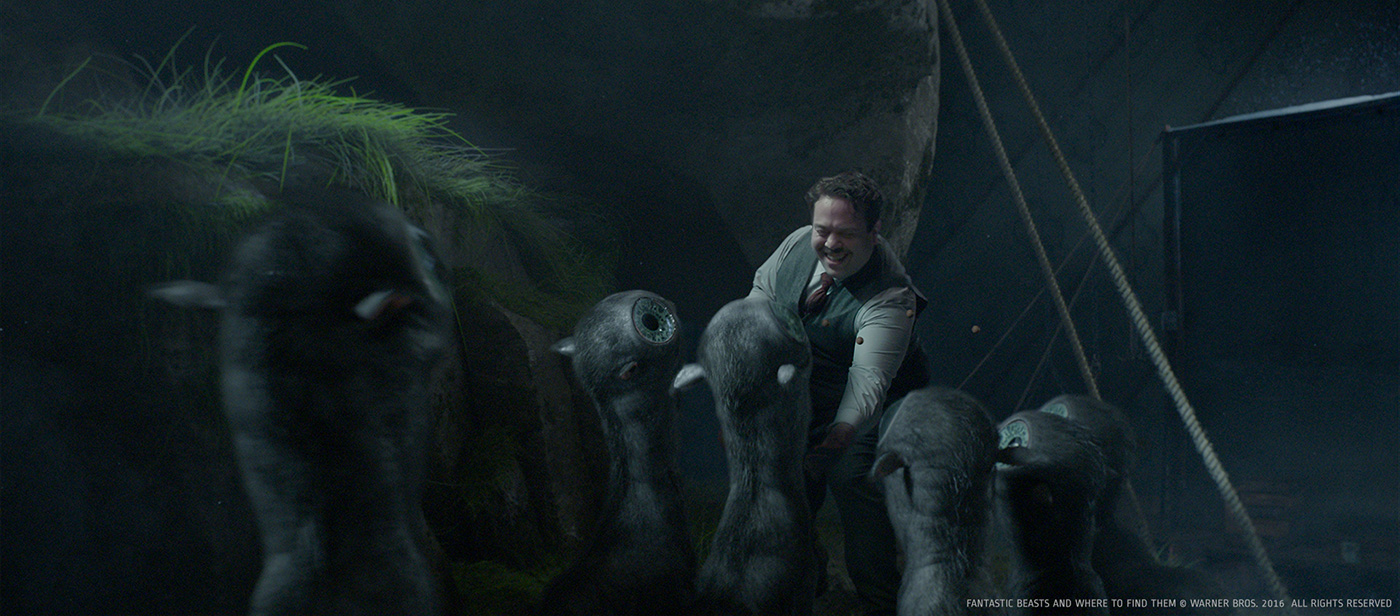Arnaud Brisebois began his career in visual effects in 2003. Before joining Rodeo FX in 2014, he worked at Meteor Studios and Mokko Studio. He has worked on many projects such as 300, MIRROR MIRROR, RIDDICK or X-MEN: DAYS OF FUTURE PAST. As VFX Supervisor, he took care of the effects of WARCRAFT, GODS OF EGYPT, MISS PEREGRINE’S HOME FOR PECULIAR CHILDREN and ARRIVAL.
What is your background?
I was always interested in CGI. I loved animation, movies and video games as a kid and early use of CG wireframe renders in films like STAR WARS (trench run brief sequence), ALIEN (monitors for landing sequence), TRON and that crazy stained glass knight in YOUNG SHERLOCK HOLMES really struck my imagination and I had since then always been very curious about how it worked, what it was. I wanted to have a chance to understand and create with such tools. So out of high school, I wanted to study CGI at ICARI in Montreal, which was one of the few specialized colleges to exist back in 1997. Not knowing what tangible output this could mean for me as a professional and considering the very expensive nature of these courses back then, my father sent me out to an arts-oriented college where I studied visual arts. From there I focused on abstract painting seriously for a few years and then, since I was starving and had always been a good draughtsman, took some freelance jobs as commercial illustrator for food and toy companies. I even had the chance to illustrate a few Transformers box art for Hasbro toys, which was very cool for me at the time. After a while my work and interests led me to opportunities to work in traditional animation as a background artist. This led me to film and television, so I began working as concept artist and matte painter at Meteor Studios where I got my first VES nomination for outstanding matte painting. I worked there for a while as matte painting team lead on various features and had a few opportunities at art directing assets and/or sequences. My IMDB picks it up from here. 🙂
How did you and Rodeo FX get involved on this show?
THE LEGEND OF TARZAN was truly our first stab at hero creature work in features, and my colleagues Francois Dumoulin (VFX supervisor) and Mikaël Damant-Sirois (CG supervisor) did such a good job for it that Warner Bros. offered us a chance to bid on FANTASTIC BEASTS. It was an honour to see such a mark of confidence towards Rodeo and we also saw this as an amazing opportunity to pursue development on our creature workflow.
What was your feeling to be in the Harry Potter universe?
The overall feeling for the team and myself was to feel part of a decade old legacy of incredible VFX work and that we had a chance at now contributing not only to one opus of the franchise, but to the very first chapter of this new series. Also, to know about the sheer amount of worldwide fans, and their level of expectations for this new film was a great source of motivation for the whole crew.
How was your collaboration with Overall VFX Supervisors Tim Burke and Christian Manz?
Rodeo had worked with Tim on TARZAN and he must certainly have given his thumbs up to Warner to consider us for FANTASTIC BEASTS. But we were involved with Tim on only one sequence (Central Park) where we did some more hippopotamus work for him. Things went very smoothly as it was only a handful of shot. Christian Manz was my main interface during production. Christian is very knowledgeable, intelligent and well-spoken and communicates ideas in a clear, straightforward way. It was a new relationship, but trust was established early on and communication between us went well. Two sometimes three times a week, we’d set up for a cineSync and we would go through turnovers or submitted WIP versions. I would walk Christian through my intentions on how to address notes or details on asset dev progress and he would chip in, re-orient things where needed. It was clear, simple and he trusted me enough to give me creative license on many aspects. A great person to work for.
What was their approach about the visual effects?
Christian was great in the sense that he did not micromanage methodology. He would turnover shots or assets, thoroughly describe the work, define creative expectations, but he would not get involved on how we would approach work. He would be trusting us fully in figuring out the very best, most effective way to do things. He often showed great appreciation of our initiatives, from both technical and creative standpoints.
What are the sequences made by Rodeo FX?
We worked on some exterior Broadway shots (NYC street views), built the whole Woolworth building exterior and interior, created the MACUSA interior. We built the Jacob’s tenement alley remending as well as the interior room reconstructing. Creature-wise, we created the Murtlap that attacks Jacob when the case finally breaks open and then all of our other creatures were done specifically for “Newt’s Suitcase”, meaning; Doxies, Butterflies, Gloworms, Grindelows, Nundu, Diricawl family and Mooncalves. We also built all of these creatures’ individual environments, which were just as well designed as the creatures and as fun to create.
You already created New York for many shows. How did you enhance your asset for this movie?
It’s true we had built NYC a few times in the past, but the context was completely different. For instance, the movie THE WALK had a bunch of New York shots, but mostly establishers, many very wide views of the city. For FANTASTIC BEASTS, we had very specific street views, including the famous “Canyon Of Heroes” and our context was too specific to build from simple reuses; this was circa 1930s so it all had to be custom-built.
Can you tell us more about the creation of the MACUSA environment?
Macusa was just like working on some of the first shots of Hogwarts dining room in the first Potter. It had to be iconic, magical and unforgettable. Even though we built everything CG, it was all done from set lidars, props scans and cross-polarized photography for textures. We literally built everything from documents pages in folders to office desks and chairs to elevator shafts and obviously everything architectural we had to extend or replace at times. We also built digi-doubles maj for crowds and built courier owls to dress shots up and make the place come alive.
The Jacob’s apartment got destroyed and then magically rebuilt by Newt. How did you approach this effect?
We tried working from the plate element at first, planning areas to be affected where we would create reconstructing action but it was very limitative. As we laid out the shot, it became obvious we were going to want action all over the frame. So we ended up building the full alley for a single shot. We wanted to avoid simply reversing RBD simulations, so our FX department simulated everything involved in the destruction through Houdini just to have a proper scattering of debris, rubble, mortar, dust, clothesline, etc. as a starting point. Then we created custom set ups per asset to have them remend in “magical” ways instead of a simple reversed sims. We took good care, even though it was a “spell”, to keep a realistic sense of velocity and gravity to things as they moved around. Obviously, we generated a bunch of atmospheric passes to help weld everything together.
Newt’s case contains lots of creatures and environments. How did you approach this beautiful sequence?
I met with Christian in London in December 2015. Rodeo was already considered then for a big portion of the work for the “Newt’s Suitcase” sequence, which involved a bunch of environment and creature work and originally planned as a single continuous shot. For this, Christian had worked with Proof previzing the shot for a few months. Christian, he confessed later, wanted to meet face to face to see my reaction in person when I would finally see the cut for the first time. He joked he had locked the office door; afraid I would try to run away. It was ambitious for sure but also very cool. Soon after we started building assets referencing production art, which was beautiful and highly detailed. We also begun layout at an early stage, at times before plates turnovers, often working from previz assets and cameras to try our best to preserve the original intent and move faster. We polished camera work until very late in production, as animation was getting finalized.
Can you explain in details about the creation of the creatures?
For every creature, I had done research of analogue earthly creatures so that we would always ground anatomy in reality. Concept art is a great starting point, but it’s also conveniently 2D. It was important to have any of these creature’s anatomical features resonate something the audience understands, to make creatures more believable, realistic. Pipeline for builds was pretty classic; we would start with a zbrush sculpt interpreting the concept art, move to modeling, rigging, textures and look dev. We had a mid-course temp delivery so we had a chance to see everything in context, and then go back and polish modeling, textures and shading for finals.
Can you tell us more about their rigging and animation?
Probably the most challenging aspect for Rodeo was rigging these creatures. Being able to reproduce a live animal referencing videos, documentaries and so forth is already a challenge, but it’s a straightforward observation study. With many of these creatures, we had to blend and mix anatomical features; we had to figure out locomotion and behaviours from many varied sources, which made things more difficult. We had not done much creature work before, so the real challenge was to actually find good mid-term solutions to automate muscles, skin, jiggle/tension and build many proprietary tools while simultaneously working on our rigs so it was a crazy chase for our rigging team. Fantastic Beasts literally built our creature and CFX department from the ground up, during production. I am very proud of our rigging team.
How did you manage their lighting?
We had good HDRIs per set/per area of sets so it was pretty straightforward for lighting. Once set up we would start editing lighting to improve shot design or storytelling.
Which creature was the most complicated to created and why?
The Murtlap was pretty complicated because of the individual tendrils attached to it’s back forming something resembling a sea anemone. It was the first creature we built on the show and not the simplest anatomically speaking. But the questions it raised helped define CFX workflow and design automated tools, which were beneficial down the road for other creatures so it was good time investment. The Nundu could come second because of a similar feature/problem with its spike-covered inflatable mane.
Did you share assets with other vendors?
The only asset we shared was the actual case-lining environment. We built a simple Nuke set up to drop in front of any camera to obtain a far BG element. It was a simple but effective approach. This idea of seeing the case interior lining came in late in production and Christian asked us to quickly temp something in a few shots to show David (the director). It worked well and we refined it for final. We had a completed, easy to use asset and were concerned with continuity between other vendors’ shots if the BG was inconsistent so we offered to share it.
What were the main challenges and how did you overcome it?
Time and R&D. As I said, Rodeo was inexperienced with creatures when we first got onto this show. We knew what needed to be done and were excited, but we also knew we had to deploy significant efforts to meet the expectations, given our experience with hero creatures and the state of our workflow/pipeline. We had everything to build, starting with tools! And there was the schedule, which was quite tight. We worked tirelessly from December 2015 to September 2016, building 170 assets (for 128 shots), 12 of which were hero creatures and 14 were hero environments.
What do you keep from this experience?
That great opportunities for exposure in film are always stimulating, but that what matters most is the effort you put into making the day by day reality of production a positive experience, regardless of the challenges or difficulties encountered, working as a team towards a unique and common goal. Making shots to me, is more fun than watching them.
Was there a shot or sequence that prevented you from sleeping?
I had no problem sleeping. I worked so intensely on this project and put in so many hours that at the end of the day, when I would finally shut down my laptop at 2:30 am, after my last version review, when I would finally go to bed, trust me I slept. 🙂
What was the size of your team?
144 artists were involved on FANTASTIC BEASTS.
What is your next project?
I hear there are a few more FANTASTIC BEASTS movies coming up. Who knows!
What are the four movies that gave you the passion for cinema?
Can’t answer that. There are too many films I love.
A big thanks for your time.
// WANT TO KNOW MORE?
– Rodeo FX: Dedicated page about FANTASTIC BEASTS AND WHERE TO FIND THEM on Rodeo FX website.
© Vincent Frei – The Art of VFX – 2016


